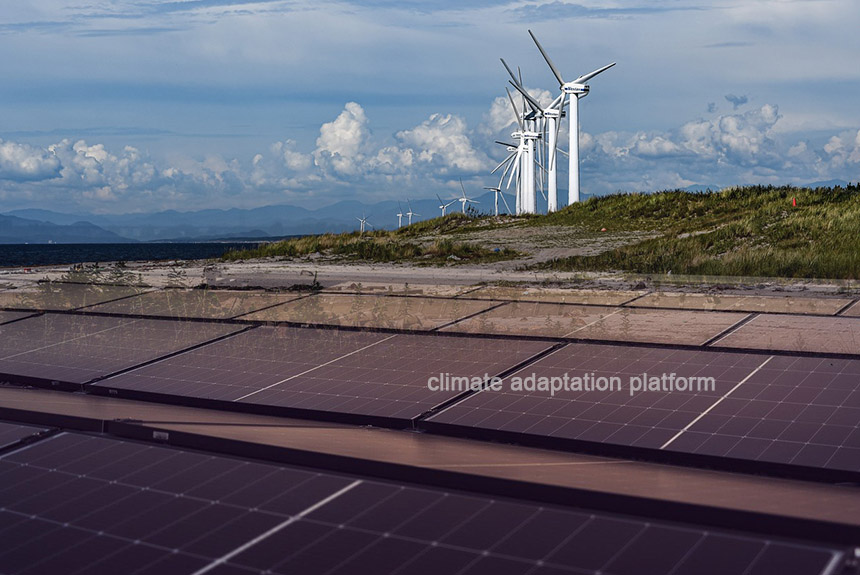In 2023, global additions to renewable energy soared by 50% compared to 2022, marking a total of 520 gigawatts (GW) and pushing the worldwide installed capacity to 3700 GW.
This remarkable growth represents the fastest expansion of renewable energy in the last two decades, as highlighted in the IEA 2023 report. Notably, China led the way in solar capacity installation, surpassing all other nations in 2023.
The IEA also projects that renewable energy will grow 2.5 times but still fall short of reaching the goal agreed during the climate summit COP28 goal of tripling renewables by 2030, which needs to hit at least 11,000 GW by the end of this decade. Under current policies and market conditions, renewable capacity is expected to grow to only 7300 GW by 2028.
IEA Executive Director Fatih Birrol suggest that countries take advantage of renewables’ plummeting costs, particularly in developing countries, to expand their renewable energy through scaling up financing and deploying renewables.
Floating solar panels
According to an IEA analysis, decarbonising the global economy by 2050 will require massive deployment of all available clean energy technologies – such as renewables, EVs and energy-efficient building retrofits – between now and 2030.
In tropical regions of developing countries, where sunshine is abundant year-round, placing floating solar panels on calm bodies of water such as seas, dams, and lakes could offer a promising, clean and unlimited energy source. This approach could be particularly beneficial in densely populated areas and cities, where traditional solar panel installation land is scarce and may compete with food production. Therefore, utilising floating solar panels could be a practical and sustainable option for these countries.
The Conversation article examines the feasibility of floating solar panels in densely populated countries in Southeast Asia and West Africa and notes that offshore solar in Indonesia alone could generate about 35,000 terawatt-hours (TWh) of solar power a year, which is similar to current global electricity production (30,000 TWh per year).
These are ocean areas at the Equator that are relatively still and peaceful, so floating solar panels will not require expensive engineering solutions to protect them against strong storms or waves.
The article notes that about 70 square kilometres of solar panels can provide all the energy requirements of a million affluent people in a zero-carbon economy. These panels can be deployed on rooftops, in arid regions, alongside agricultural activities, or on inland bodies of water such as lakes and reservoirs. Notably, the installation of these solar panels is currently experiencing rapid growth.
An example is the 12,000 solar panels floating in Europe’s largest artificial lake, Alqueva, Portugal, which also has a large hydroelectric dam. These solar panels, afloat in pontoons made from partially recycled plastic, are connected to an energy-storage system incorporating lithium-ion batteries and integrated with the hydroelectric dam’s power station. The 12,000 provides 5 megawatts of capacity, but the Portuguese utility company that built this plan plans to add more solar panels that will add 70 megawatts by 2025 (Floating Solar, 2024).
The Conversation article says that most global oceans have waves larger than 10 meters and winds stronger than 20 miles per second. However, finding these calmer sea environments along the Equator is more financially feasible for solar panels as they do not require expensive defences, and tropical storms are also rare.
They find that these ideal locations are within 5–12 degrees of latitude of the Equator, principally in and around the Indonesian archipelago and in the Gulf of Guinea near Nigeria. These regions also have high population density, experiencing rapid growth in population and energy demand.
The offshore floating solar industry is in its infancy compared to land-based ones. Still, solar panel installations are growing worldwide due to their unique benefits.
Benefits of floating solar panels
Floating solar utilises spaces efficiently. Placing them on water bodies like reservoirs, dams, and lakes, they don’t need to compete for other land uses. The cooling effect of water enhances the solar panel’s efficiency by up to 15%, and the shade from the panels also slows down the evaporation of the reservoir.
When installed in reservoirs or lakes with existing hydroelectric dams, no land is required to install them, and it could be integrated with the hydroelectric dam’s power station.
Because water bodies have reflective properties, the reflection of sunlight off the water’s surface onto the solar panels increases the amount of photons that can be converted to electricity.
Five largest floating solar farms in the world
The world’s largest floating solar farms are in China, Singapore, and Thailand. China claims the top three spots, with the Dezhou Dingzhuang Floating Solar Farm leading the pack at 320 MW capacity, followed by the Three Gorges New Energy Floating Solar Farm at 150 MW and the CECEP Floating Solar Farm at 70 MW.
Singapore’s Sembcorp Floating Solar Farm takes the fourth spot with a 60 MW capacity, while Thailand’s Sirindhorn Dam Floating Solar Farm comes in fifth with a 45 MW capacity (5 Largest Floating, 2022).
Sources:
Massive expansion of renewable power opens door to achieving global tripling goal set at COP28. (2024, January 11). IEA. Retrieved from https://www.iea.org/news/massive-expansion-of-renewable-power-opens-door-to-achieving-global-tripling-goal-set-at-cop28
Chestney, N. (2024, January 12). Renewable energy growth must accelerate to reach 2030 goal – IEA. Reuters. Retrieved from https://www.reuters.com/sustainability/climate-energy/renewable-energy-growth-must-accelerate-reach-2030-goal-iea-2024-01-11/
Floating solar has a bright future. (2024, June 20). The Economist. Retrieved from https://www.economist.com/business/2024/06/20/floating-solar-has-a-bright-future?
The Advantages and Disadvantages of Floating Solar. (2024, June 11). Mibet Energy. Retrieved from https://www.mbt-energy.com/news/industry/2106181.html
Blakers, A., & Silalahi, D. (2023, August 4). ‘Limitless’ energy: how floating solar panels near the Equator could power future population hotspots. The Conversation. Retrieved from https://theconversation.com/limitless-energy-how-floating-solar-panels-near-the-equator-could-power-future-population-hotspots-210557
5 Largest Floating Solar Farms in the world in 2022. (2022, January 20). YSG. Retrieved from https://www.ysgsolar.com/blog/5-largest-floating-solar-farms-world-2022-ysg-solar



Leave a Reply